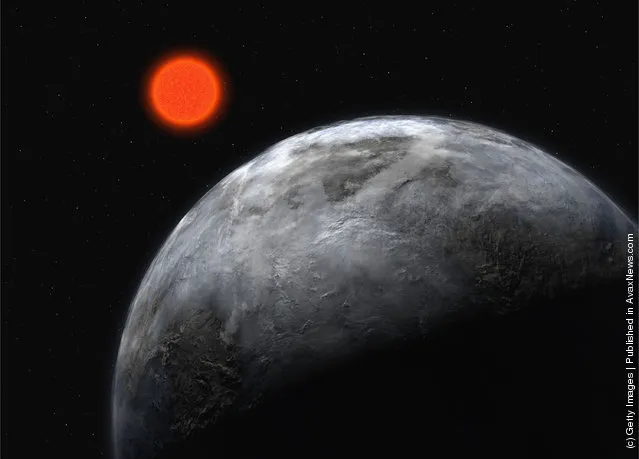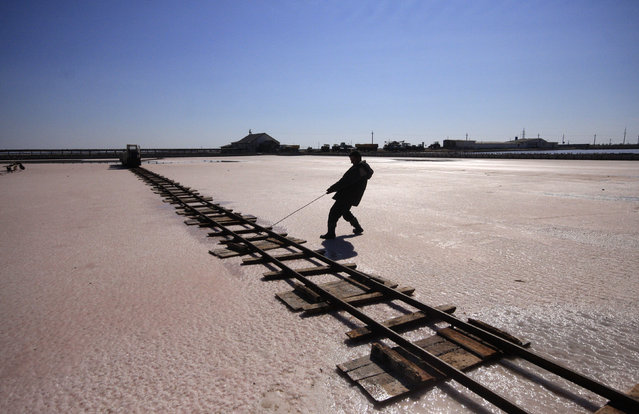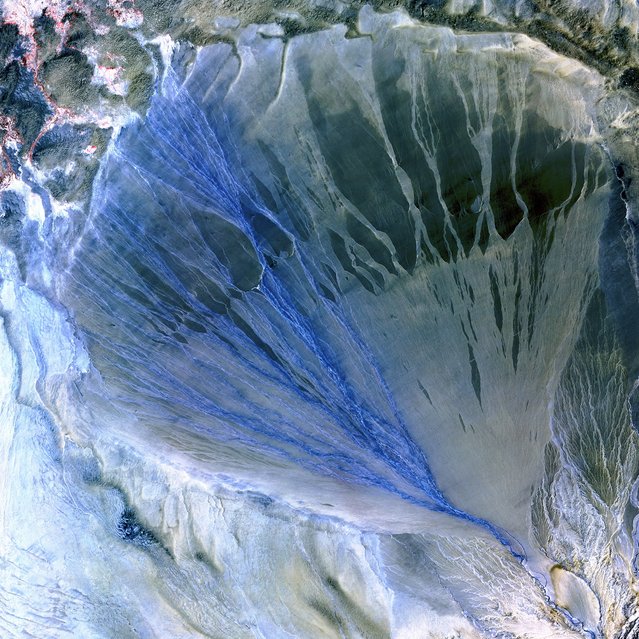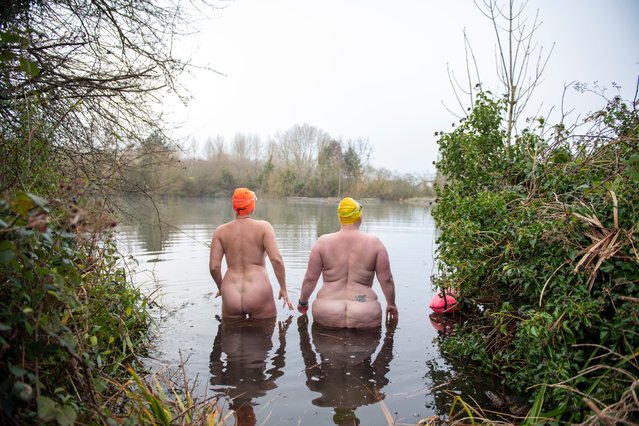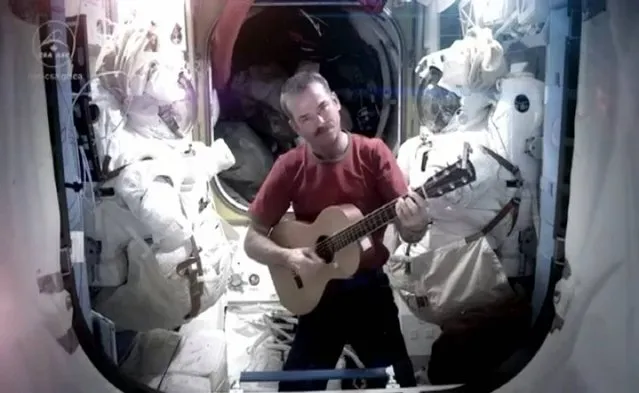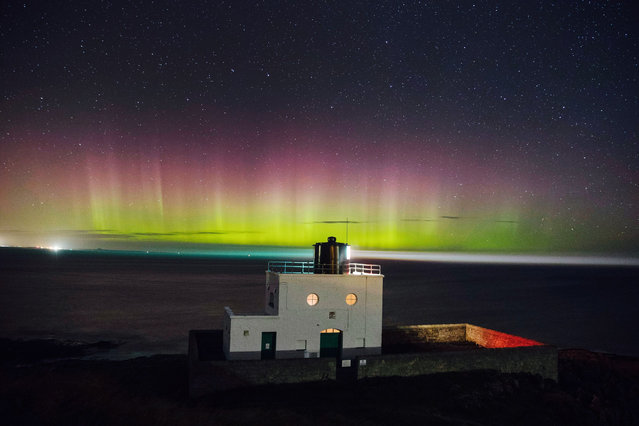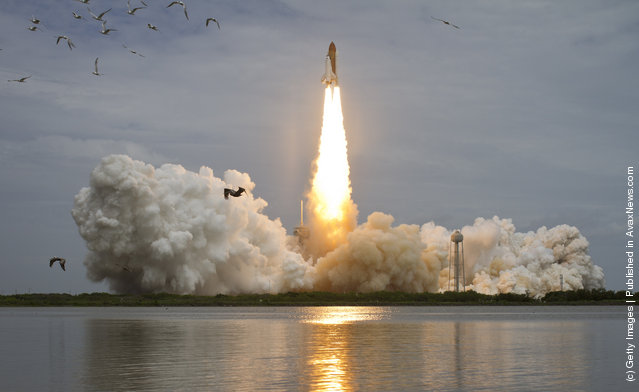
Space shuttle Atlantis launches from pad 39A on July 8, 2011 at the NASA Kennedy Space Center in Cape Canaveral, Florida. The launch of Atlantis, STS-135, is the final flight of the shuttle program, a 12-day mission to the International Space Station. (Photo by Bill Ingalls/NASA via Getty Images)
09 Jul 2011 12:06:00,post received
0 comments

